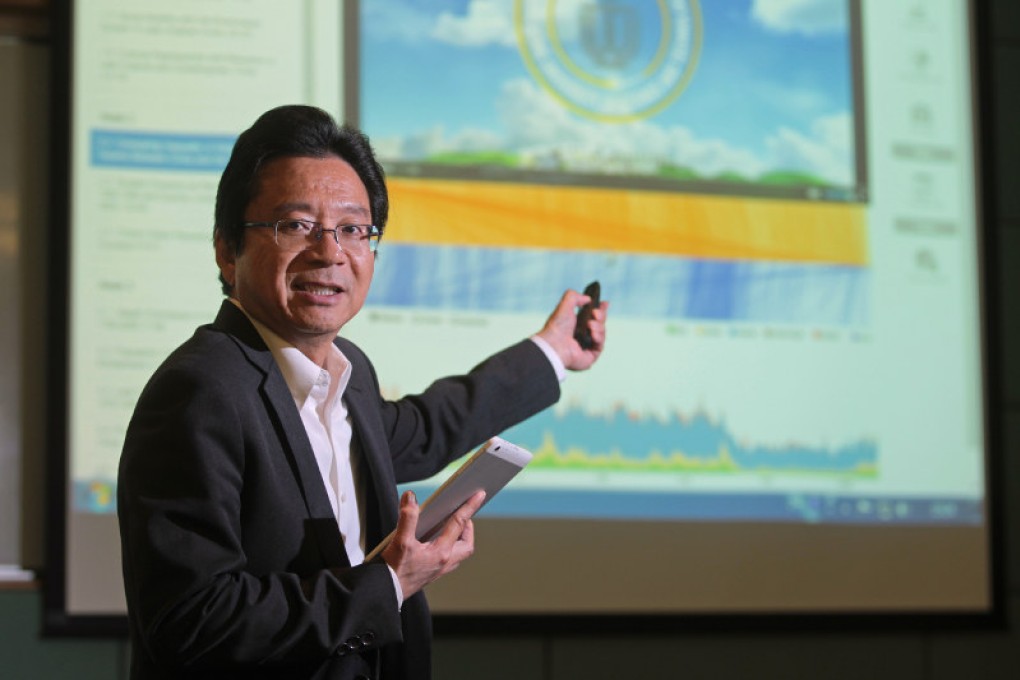HKUST uses data from MOOC users to improve the learning experience
The Hong Kong University of Science and Technology (HKUST) was one of the first universities in Asia to offer a Massive Open Online Course (MOOC), and it’s justifiably proud of that fact. The MOOC platform makes HKUST courses available to students all over the world via the internet. MOOCs enable students to learn from teachers, and interact with classmates, outside of the traditional classroom setting via lecture videos, online coursework and discussions.

The Hong Kong University of Science and Technology (HKUST) was one of the first universities in Asia to offer a Massive Open Online Course (MOOC), and it’s justifiably proud of that fact. The MOOC platform makes HKUST courses available to students all over the world via the internet. MOOCs enable students to learn from teachers, and interact with classmates, outside of the traditional classroom setting via lecture videos, online coursework and discussions.
Professor Pong Ting-chuen, Senior Advisor to the Executive Vice-President and Provost (Teaching Innovation and E-Learning), was inspired to launch HKUST’s own MOOCs when the first major MOOCs arrived in the US four years ago, he says. In 2012, MOOC provider Coursera was found by two professors from Stanford University in the US, and the Massachusetts Institute of Technology (M.I.T.) and Harvard University launched the MOOC platform edX. MOOCs, which are often free, allow large numbers of student to study any one course. Over fifteen million students had registered for Coursera classes alone by the end of 2015.
HKUST launched its first MOOCs via Coursera in the spring of 2013. The results have been encouraging and over half a million students have registered for the MOOCs offered by HKUST since then, says Pong. “The technology for running a MOOC has matured,” he notes. “When we offered online courses in the past, there wasn't much chance for interaction. You could watch a YouTube video or a TED Talk, but what you can learn from a video like that is limited. It's not like a course, because it's not structured.
“But four years ago, when institutions like Stanford and M.I.T. started to offer MOOCs, online tuition became much more than online video. Online activities were introduced, like quizzes and discussion forums. These are very important, because kids like to interact by using social media like Facebook, and a MOOC platform provides that kind of interactions. Students are able to interact with the instructors and other students. It's become a structured learning environment, and that’s one of the things that has led to the success of MOOCs,” Pong says.
Pong notes that HKUST MOOC lectures are not given in real time, and students have to wait for answers to their questions. “But the wait is not too long. Lecturers and tutors monitor the discussion forums, and so do other students. When a question is posted, it’s noticed by various parties, so an answer is usually very quick,” he says.
MOOCs let students learn at their own pace, Pong says. He also notes that teachers can also benefit, as the process allows them to share the teaching approaches with their peers: "Teachers are all different from each other. There is a diversity of culture, education, background, and age,” Pong explains.
Pong points out that MOOCs record all the learning activities of the students as data. “All the mouse clicks are recorded. We can see when they stop or pause the video, and when they go back and watch something again, which may indicate that they didn’t understand it the first time,” he says. “Recording these activities allows the course provider to analyse how students learn. In this way, the MOOC platform provides data for instructors to improve their teaching.”